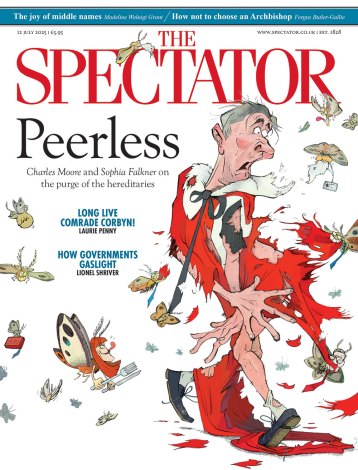Everyday life in the army
James Boswell (1906-71) was a New Zealander who settled in London in 1925, studying to be a painter at the Royal College of Art. In 1932 he gave up painting for illustration and joined the Communist Party. In common with many young people, he wanted to do something practical in a period of deprivation and
